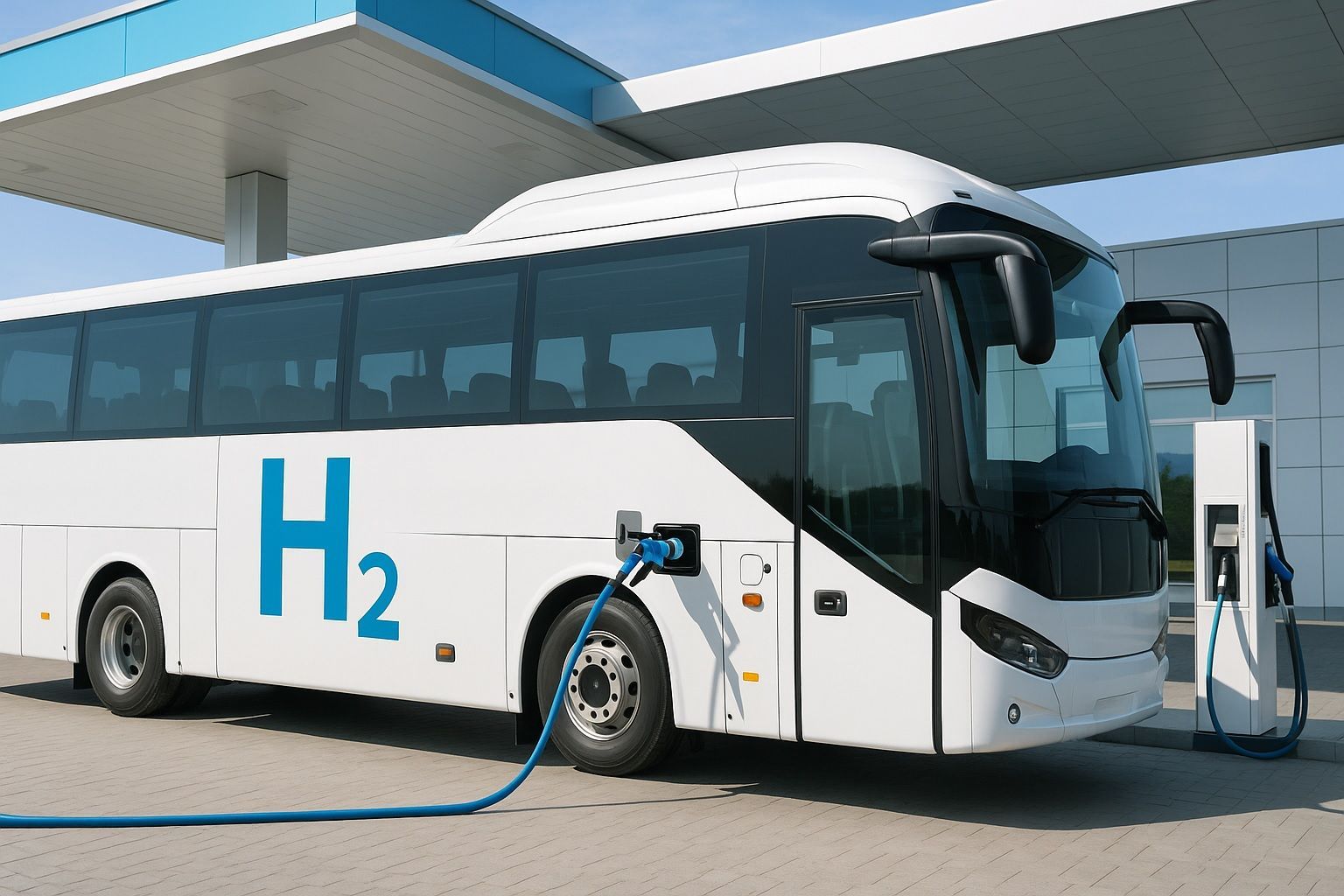
July 15, 2025: AI’s Next Frontier – Generative Breakthroughs, Robotic Milestones, and Global Policy Shifts
OpenAI delayed its first open-weight model release, initially expected this summer, with CEO Sam Altman saying safety tests require more time and that weights, once released, can’t be pulled back. Moonshot AI unveiled Kimi K2, a one-trillion-parameter model that reportedly

